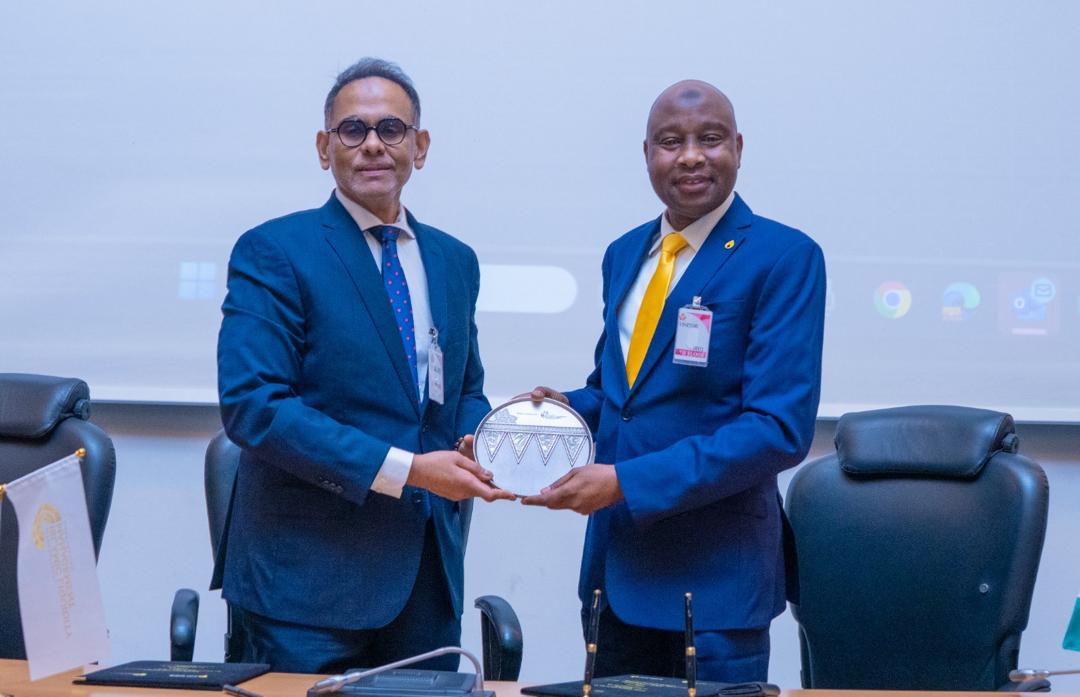Going by the comments, responses and questions I have received since I disclosed my email validates my decision to introduce this column that specifically focuses on the interest of potential investors in the microfinance subsector. Someone wrote to ask for the right time to pay dividend. So I will take a break from the flow and address this question in this week’s edition.
There are several ways dividend can be defined but they all typically mean the same thing. I like this particular one that says that it is “a sum of money paid regularly (typically annually) by a company to its shareholders out of its profits (or reserves)”.
The features as described in the above definition are 1). It is physical cash paid which means the MfB must have enough free cashflow or bank balance to support this outflow. It will not make sense taking an overdraft to pay dividend. 2). The payment is periodic and regular which means you have to set a time for its payment. Dividend payment can either be interim (payable in piecemeal within the year such as quarterly or half yearly) or final (payable once at the end of the year-annual). 3). It is paid out of Profits or Reserves of the company which means which means you cannot pay it out of nothing. 4). It is paid to the shareholders i.e. the people that subscribed to the ownership of the business. It is not paid to the directors. Directorship does not entitle you to dividend. Directors are not necessarily shareholders. You can be a director and not own a share same way you can be a shareholder and not be appointed to the board.
So while dreaming of being a shareholder in a microfinance company, you need to know when and how you will be rewarded in line with regulatory provisions. According to regulations, there are 4 conditions upon which you can be paid dividend. They are;
- The MfB must have completely written-off all its preliminary and preoperational expenses;
- The MfB must have made the required provisions for non-performing loans and other erosions in asset values;
- The MfB must have satisfied the minimum capital adequacy ratio requirement and finally
- The MfB must have met all matured obligations.
As an MfB, Where you have met the above conditions, you can go ahead without any written approval from CBN to pay dividend. However, where you want to withdraw from your reserve without making profit or you want to pay dividend when the external audit report is not satisfactory, you must seek CBN approval before doing so. Some organization pay dividend multiple times within the year (and this is allowed) but they must ensure that they make adequate profit at year end to cover for the withdrawal.
There is also the question of whether you should pay dividend or plough back and grow the business. My perspective is simple. You can grow the business and accumulate funds in your reserve. The increase in reserve will not only serve as a buffer against shocks but enhance your valuation should you decide to raise more capital and expand your shareholding. But this should not be done at the expense of the shareholders. Payment of dividend increases shareholder’s confidence in the business. It is the sign of wealth! There is an opportunity cost of the funds invested and I think it is only a matter of fairness to cede part of the profit to the owners which is why you only pay a percentage of your earnings as dividend considering that your shareholders have been patient for the past months when they invested in your capital.
See you next week.








